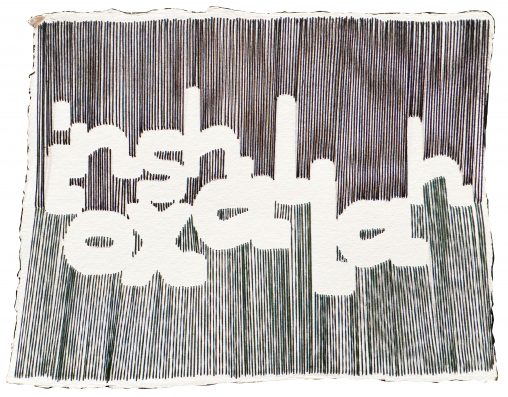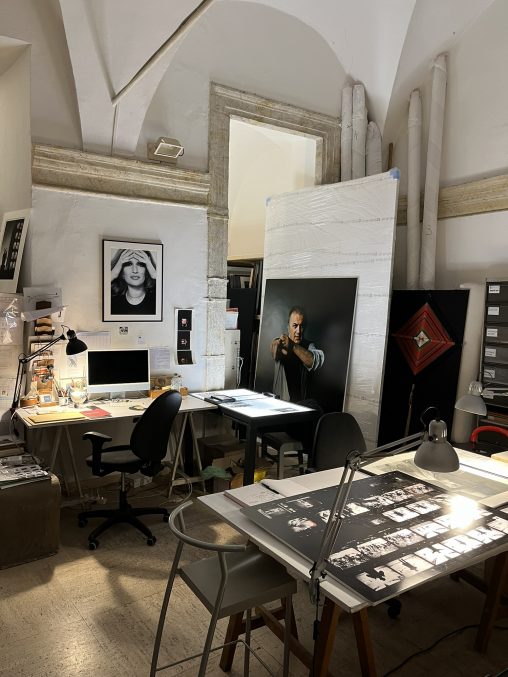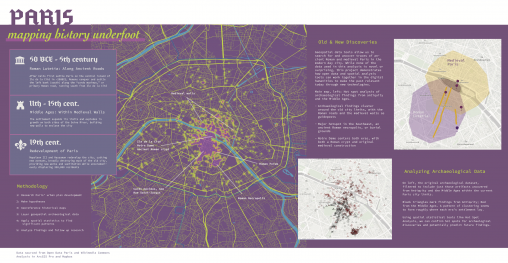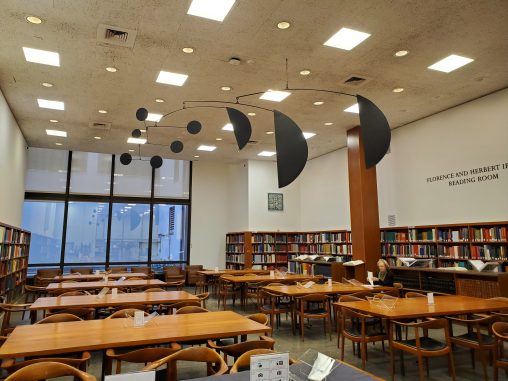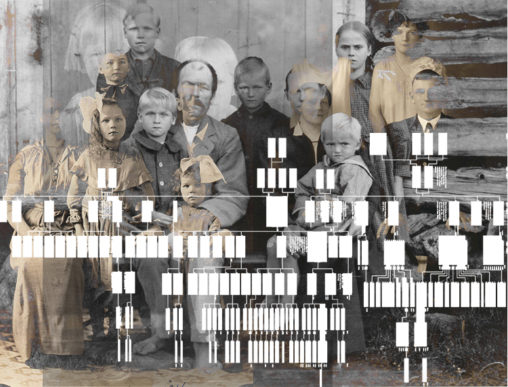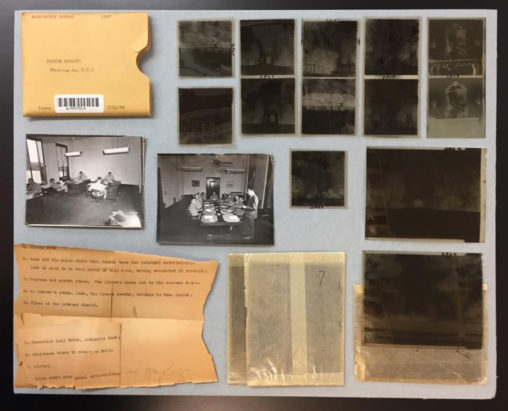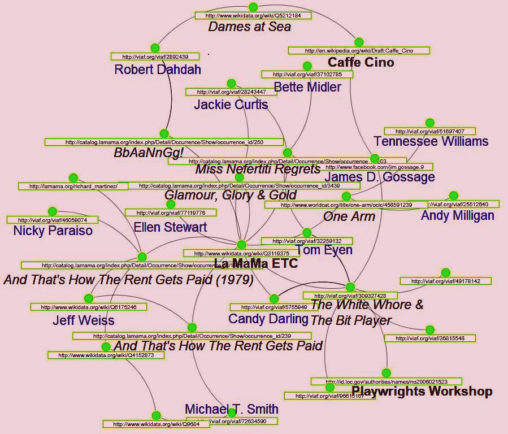Tag: cultural heritagePage 1 of 4
This presentation will touch on the experience of cataloging items from Our Streets Our, Stories by the Center For Brooklyn History’s Pratt Fellow. The Collection is a valuable case study on the importance of collecting robust metadata at the time of collection.
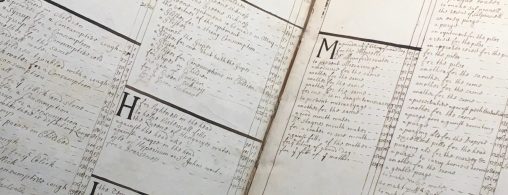
Using Interactive Maps to Visualize the Relationship between Food and Empire in the Early Modern Era
This engaging digital exhibit combines custom interactive maps with 17th-century cookbooks to communicate the concrete relationship between food and empire that fueled the rapid expansion of global trade, expansion, exploration, and extraction in the early modern era.
In this paper, I discuss the history of copyright’s development, highlighting the steady increase in control of copyright holders as well as explaining the limited protections extended to libraries and archives. I use several case studies to illustrate the role of risk management and its uneven success in the digitization of library and archival resources. Finally, I propose several alternative ways of addressing the challenge that copyright poses, including the suggestion that judicial lawmaking would be an effective way to clarify the applicability of the fair use doctrine.
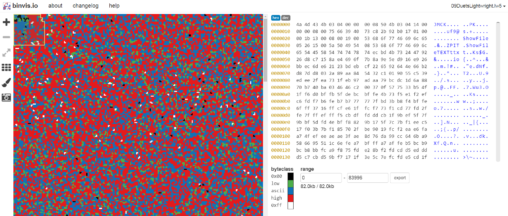
As the Pratt Digital Preservation & Archives Fellow at NYPL, I’ve been working with the Library’s Digital Archivist to address issues surrounding software preservation. This presentation will discuss such digital preservation tools as Wikidata, PRONOM, and Archivematica—and how they’ve been implemented toward the long-term preservation of a proprietary software and its associated file formats.
Mock grant proposal to support the improvement of the British Museum’s existing provenance linked data for its collection of 100,000+ Egyptian-made cultural artifacts. The expansion of the British Museum’s provenance linked data will allow the museum’s collection to be more fully represented in linked data visualizations, while making visualizations of the artifacts themselves more comprehensive, improving scholars’ capacity to research the histories of these artifacts and those of the cultures that produced them.
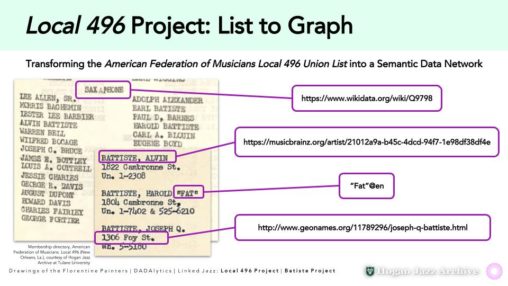
The Local 496 Project transforms the American Federation of Music’s Local 496 union list into a semantic data network. This document is a 1940’s directory of the segregated African-American chapter of New Orleans jazz musicians. This project will highlight the Batiste family network, many of whom are listed in the directory.
This poster presents my research of how current art museum practices are shifting systematic gentrification of their audiences through diversifying staff, collections, and community engagement.
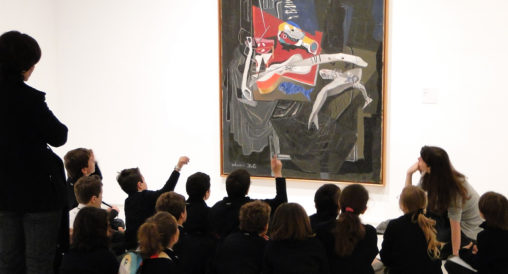
The integration of UX practices into art museum operations helps to develop visitor experiences, but art museums have great responsibility to the communities of learners local to them. Art museums can focus on their roles as educators by applying LX (learner experience design) for effective meaning-making.
This presentation provides an technical overview of initiating Linked Open Data (LOD) in the Whitney Museum of American Art as part of the 2017-2018 LOD for Museums Fellowship.
In this second part of the two-part presentation, students from Projects in Digital Archives will introduce some of the technical aspects involved in digitizing the photographs of George Tames (New York Times Whitehouse photographer), including technical issues related to digitization, metadata, technology and design of the digital archive.
Kevina Tidwell and Meg Edison will introduce a photography digitization project taken place at Pratt this semester in collaboration with the New York Times: the photographs of George Tames. George Tames is known as the “Photographer of Presidents.” He covered Washington, DC, as a news photographer for the New York Times from 1945 to 1985, photographing 10 United States presidents as well as many members of Congress and foreign leaders such as Winston Churchill and Nikita Kruschev. Tidwell will provide introduce the collection and provide historical background and context.
